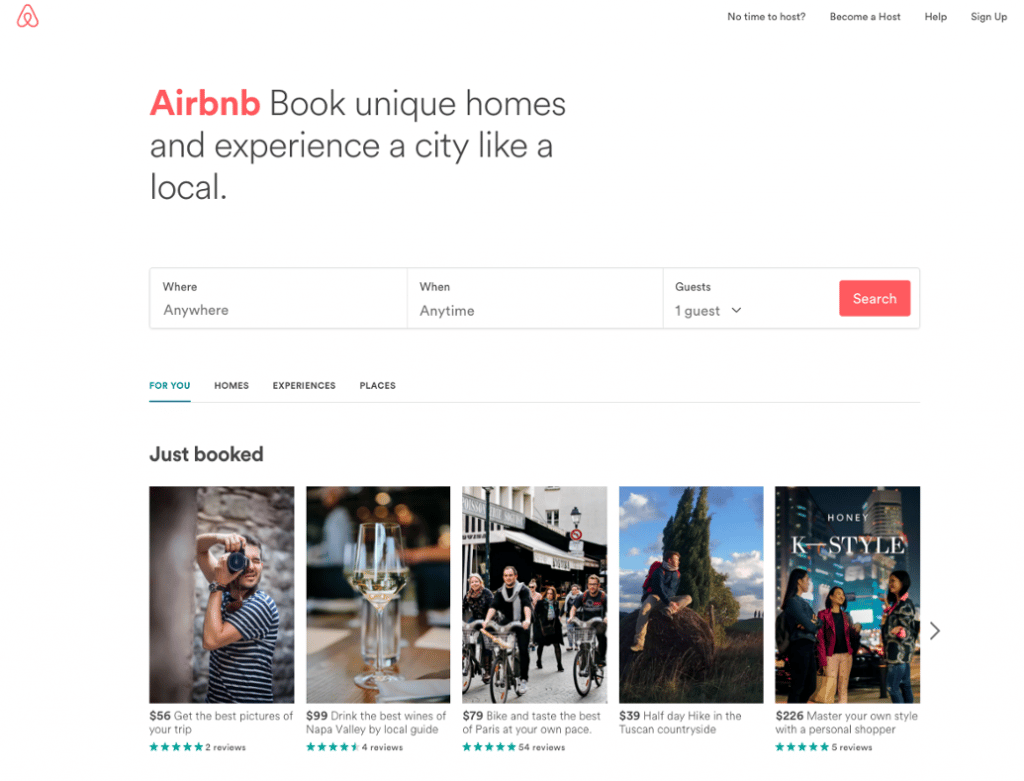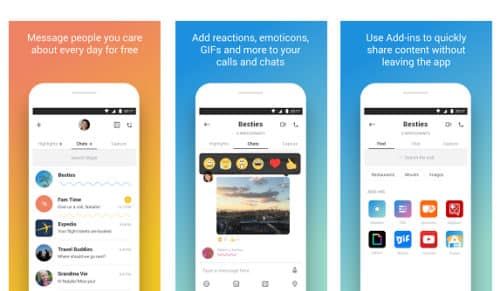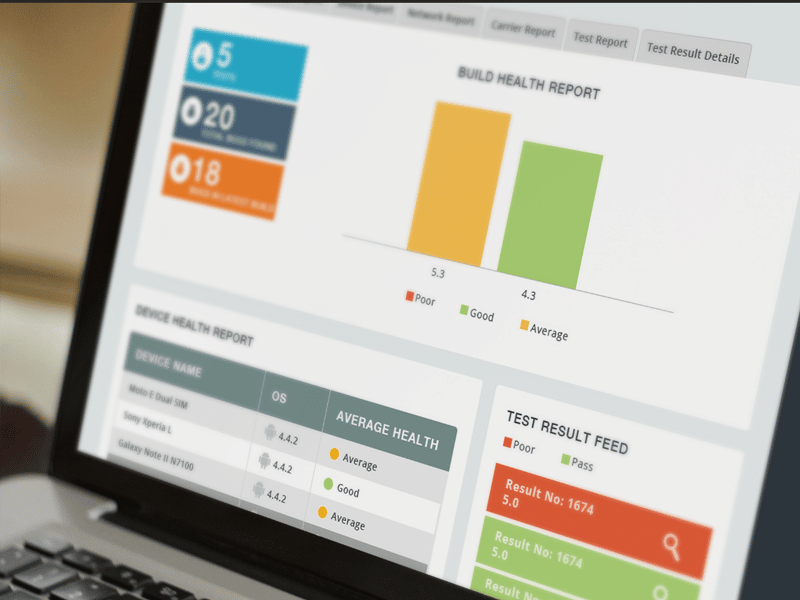The intuitive design of a website is critical to provide the client with the comfortable feeling they want across numerous platforms. People using this platform should be capable of figuring out how to do specific tasks right away thanks to a straightforward layout. Understand more about the importance of intuitive design for your online services in this post.
What is Intuitive Design
Intuitive Design does not have a formal definition, at least not in the technical sense. It’s a thought that’s come to fruition as a result of accumulated knowledge and wisdom. Making an app is all about making users want to use it. There are many misconceptions about what this entails for developers and even business folks. Another aspect of an intuitive design is the ability to identify what to do from prior experience. If you’re developing an app or function that won’t obviously be publicly accessible or extensively utilized, this is very important to keep in mind. Making software as simple as possible for the client isn’t a simple task on its own.
Why is Intuitive Design Important?
Your users would be prepared to accomplish their goals on your website and application more rapidly and effortlessly if you provide them with a familiar user experience. Because of this, they’ll feel as if they’ve been utilizing your service for a while, even if this is their debut on your platform. This feeling of comfort fosters a bond involving your product and its end customer, resulting in increased sales. It will encourage them to return to or continue utilizing your platform on a regular basis. When it comes to user experience, terrible design is directly linked to fewer people utilizing a platform because of the negative impact it has on their time spent on it. There are many other factors at play, but it’s safe to say that a lack of intuitive design is a significant one. In order to keep your customers happy and keep them coming back, you need to take a moment to construct and renew your platform in a way that is comfortable for them.
Conclusion
When it comes to technology, we tend to overlook that the majority of the population isn’t very tech-savvy. The commonest of tasks, even those that appear straightforward to us, confound the vast majority of individuals. As a result, while creating a design, be careful to take into account the user’s everyday routines. Real-world and virtual experiences are both included. Your customers would revisit your site or app over and over again if you build it in a way that is based on their daily lives.


